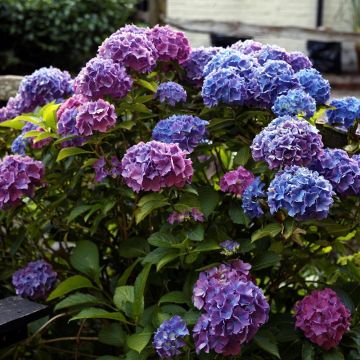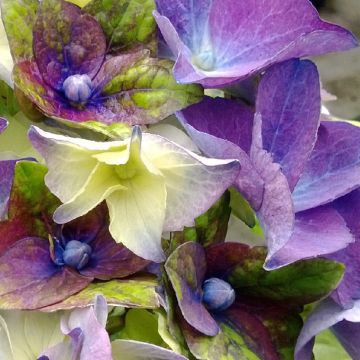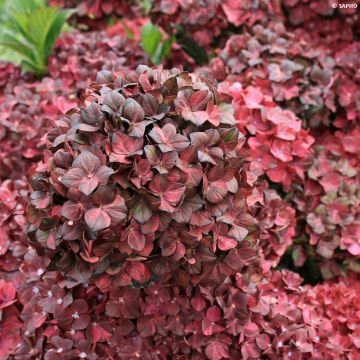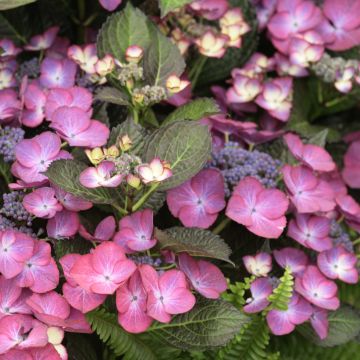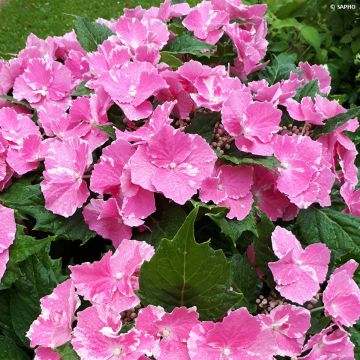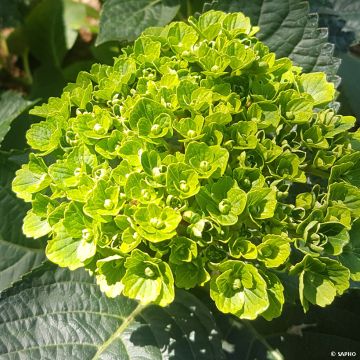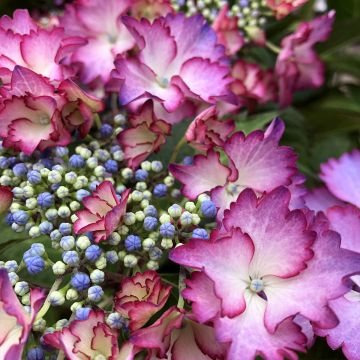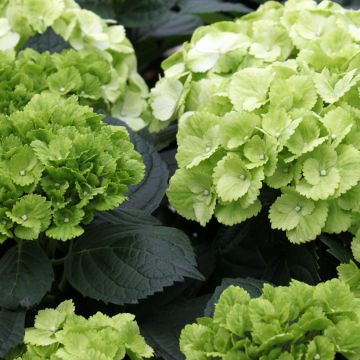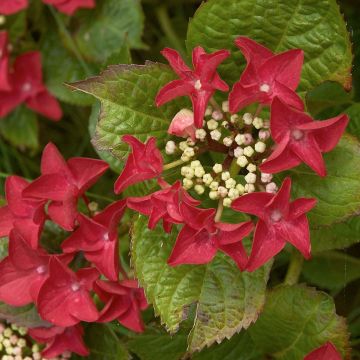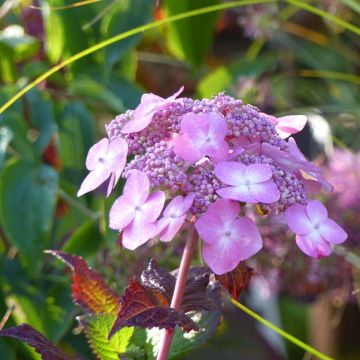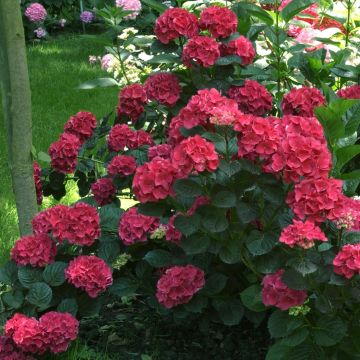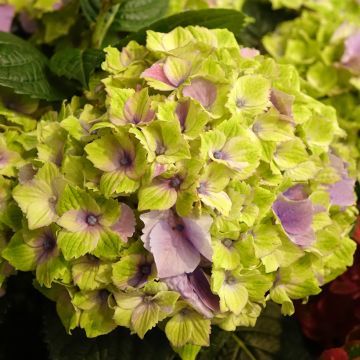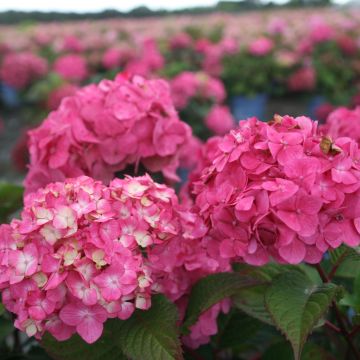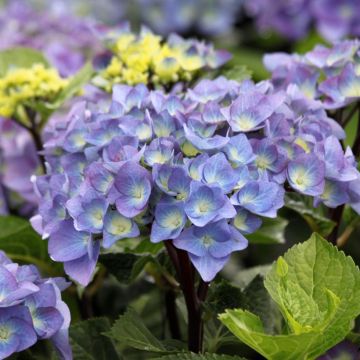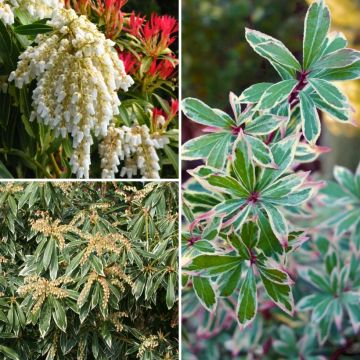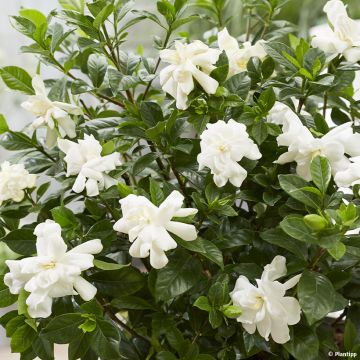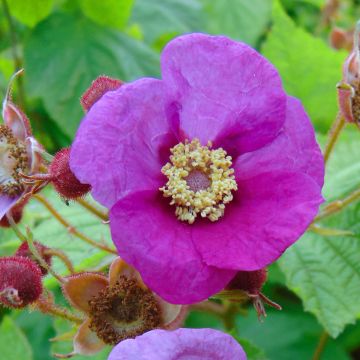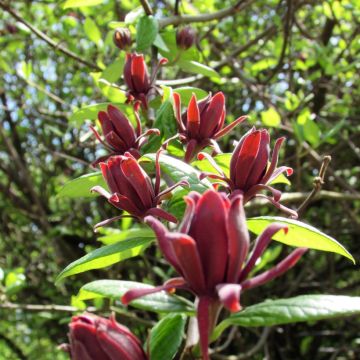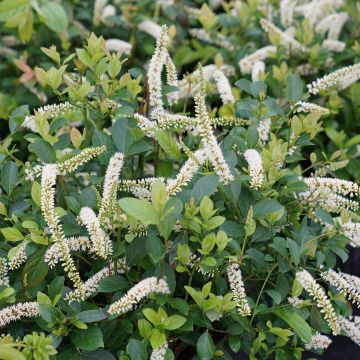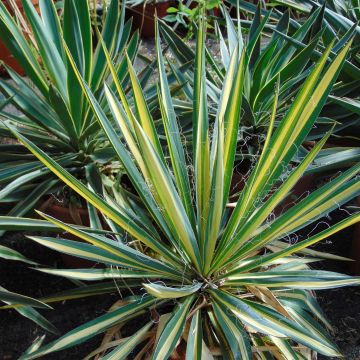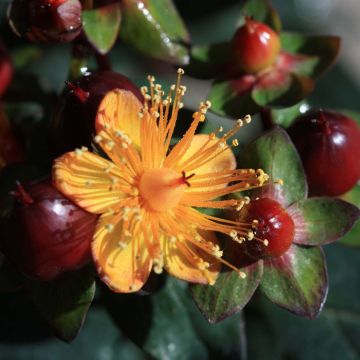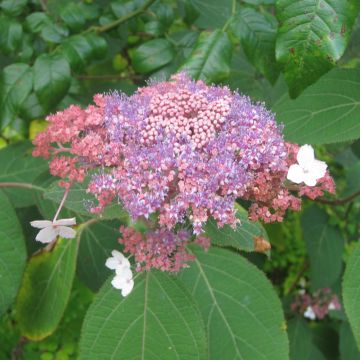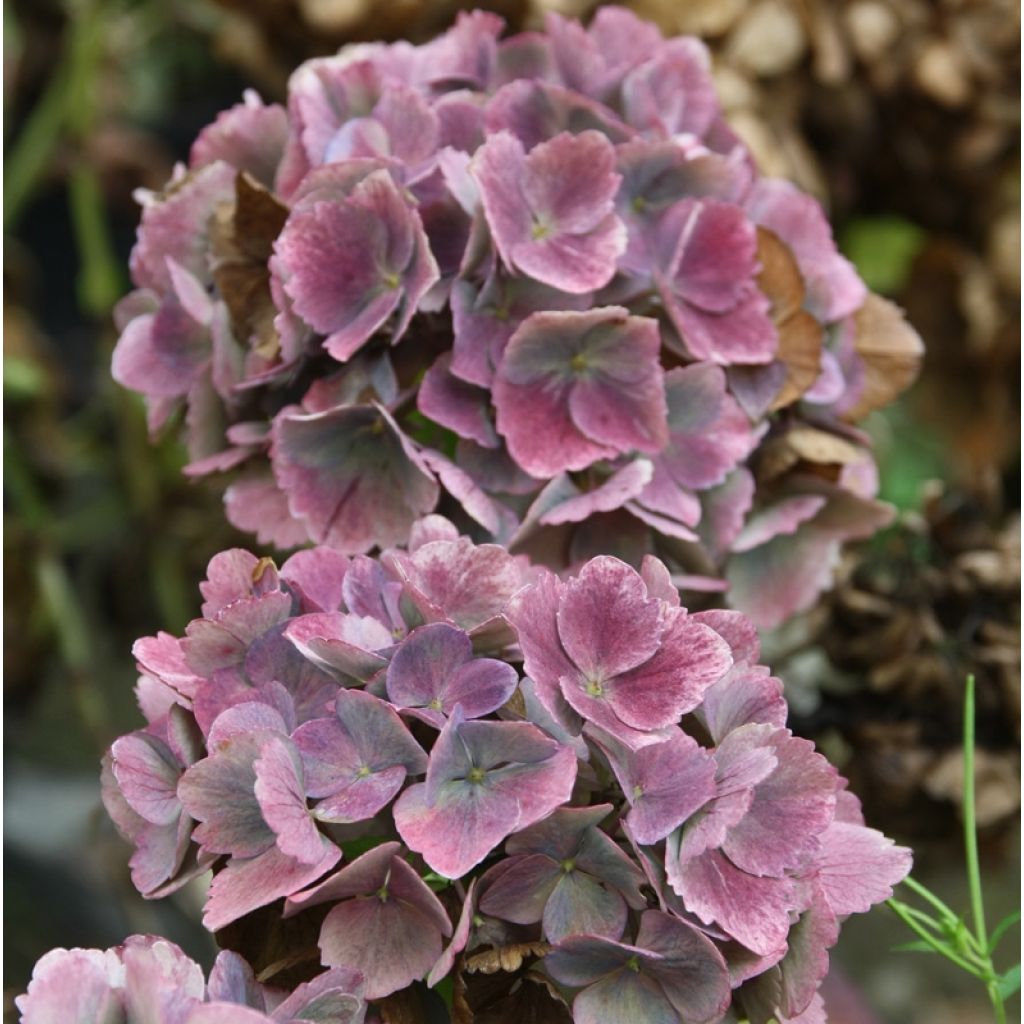

Hydrangea macrophylla Baron Pourpre
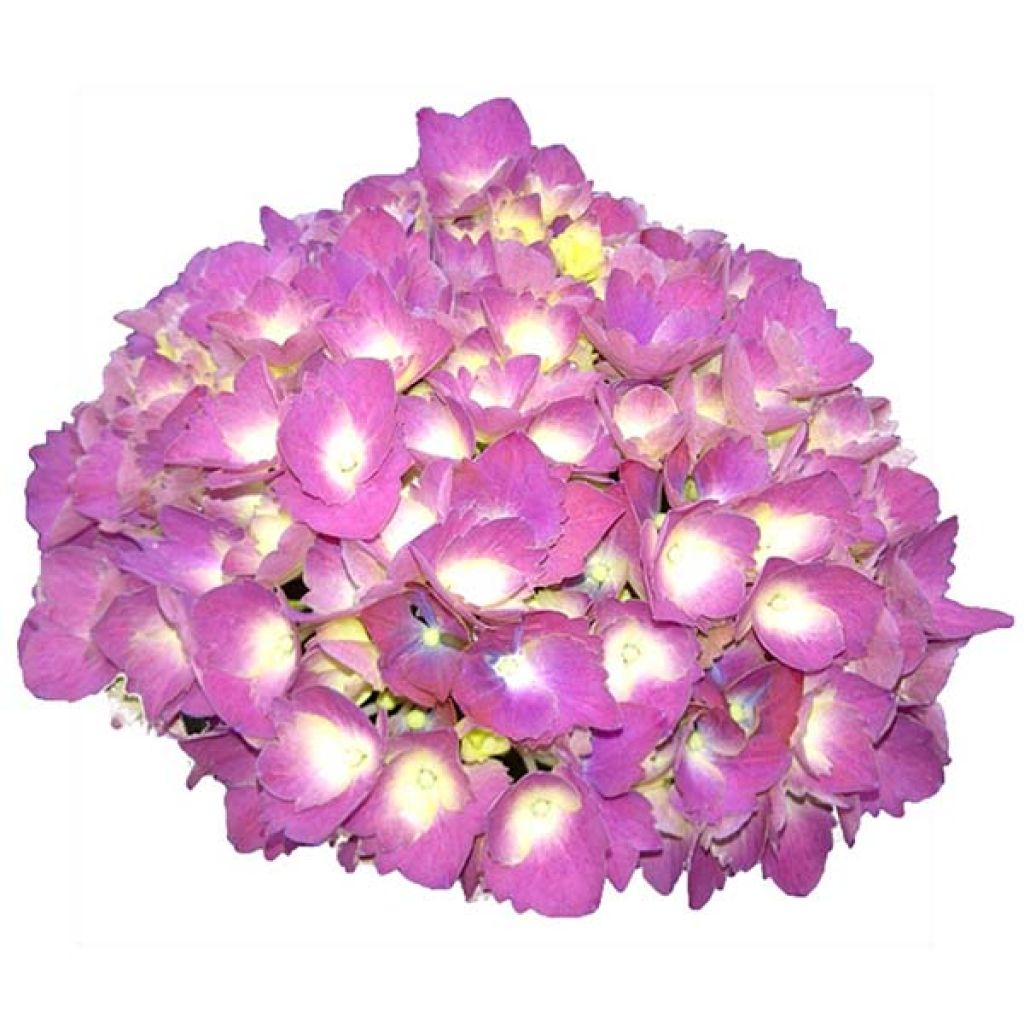

Hydrangea macrophylla Baron Pourpre
Hydrangea macrophylla Baron Pourpre
Hydrangea macrophylla Baron Pourpre
Bigleaf Hydrangea, French Hydrangea, Mophead Hydrangea
I'm looking forward to seeing how the young plant will develop in the spring.
Myriam D., 26/11/2017
Special offer!
Receive a €20 voucher for any order over €90 (excluding delivery costs, credit notes, and plastic-free options)!
1- Add your favorite plants to your cart.
2- Once you have reached €90, confirm your order (you can even choose the delivery date!).
3- As soon as your order is shipped, you will receive an email containing your voucher code, valid for 3 months (90 days).
Your voucher is unique and can only be used once, for any order with a minimum value of €20, excluding delivery costs.
Can be combined with other current offers, non-divisible and non-refundable.
Why not try an alternative variety in stock?
View all →This plant carries a 24 months recovery warranty
More information
We guarantee the quality of our plants for a full growing cycle, and will replace at our expense any plant that fails to recover under normal climatic and planting conditions.

Would this plant suit my garden?
Set up your Plantfit profile →
Description
The Hydrangea macrophylla 'Baron Pourpre' is a new and not widely distributed hydrangea, which stands out first by its deeply veined dark green toothed foliage and then by its pink-purple inflorescences, more violet in acidic soil. During the summer, beautiful balls composed of dark pink-purple fringed florets appear, turning red around a small white-cream to lime green centre. It is perfect for making fresh or dried bouquets. Its round and bushy habit is well suited for growing in large pots or in shaded flower beds, in non-limestone soil.
The 'Baron Pourpre' Hydrangea macrophylla, recently obtained in France, is one of the many hybrids obtained by cross-breeding hardy species belonging to the hydrangea family, native to China and Japan. This ramified and compact shrub has a rounded habit, as wide as it is tall, reaching 1.50m (4ft 11in) in all directions. In summer, its small fertile and sterile flowers, with striking dimorphism, form round inflorescences of a beautiful size, initially lime green and gradually turning purple, with more or less mauve reflections in acidic soil. At the end of flowering, the florets are purple with a white centre. They are carried by strong stems. The flowering is accompanied by particularly dark green foliage marked with deep veins, deciduous. The leaves are opposite, reaching a minimum length of ten centimetres. They are simple, ovate to elliptical, ending in a pointed tip, strongly saw-toothed. Hydrangeas can live for at least 50 years.
The 'Baron Pourpre' Hydrangea has excellent hardiness and a very vigorous flowering. Hydrangeas are well known for brightening up the north side of houses. This one will thrive in a non-burning east or west exposure, in flower beds as well as in hedges. This variety is suitable for growing in the ground or in containers, which can be placed on the terrace or near the entrance. Although these plants fear limestone, they are not strictly speaking ericaceous plants. Mix them with Magellan fuchsias, annual impatiens, or plant spring-flowering bulbs in front of their round silhouette. Enjoy their sumptuous flowering in the garden or in the house for a long time.
Note: The colour of Hydrangea macrophylla flowers varies depending on the pH of the soil. Traditionally blue varieties turn pink in neutral or alkaline soil. To maintain a beautiful blue colour, mix heath soil or blonde peat into your garden soil and apply aluminum sulphate (slate contains it) or alum stone every spring.
Report an error about the product description
Hydrangea macrophylla Baron Pourpre in pictures


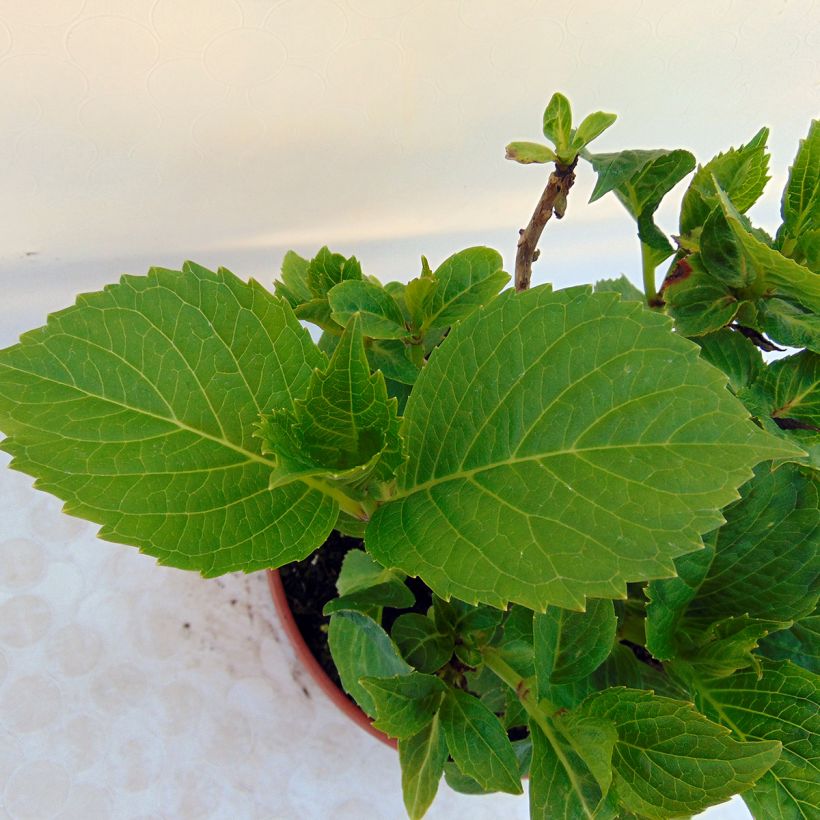

Plant habit
Flowering
Foliage
Botanical data
Hydrangea
macrophylla
Baron Pourpre
Hydrangeaceae
Bigleaf Hydrangea, French Hydrangea, Mophead Hydrangea
Cultivar or hybrid
Other Hydrangea Macrophylla
View all →Planting and care
Plant the 'Baron Pourpre' hydrangea in spring or early autumn, preferably in a slightly shaded location, for example against an east-facing wall, or even to the north. Protect it from cold and drying winds. It does not require heath soil, but appreciates a deep, moist but well-drained soil, fairly fertile, possibly enriched with a good base fertilizer before planting. If the soil is dry at the base of the wall, place the root ball at least 30-40cm (11.8-15.7 in) away from the base of the wall and incorporate a quantity of well-decomposed compost to better retain moisture in the soil. Very hardy, it can be planted in cold regions without fear. As for pruning, remove faded flowers on the first bud or on the pair of buds directly below. Cut back to the base by a quarter or a third the oldest stems, when the plant is mature, to promote the formation of new shoots. Carry out this pruning every year during the months of March and April.
Planting period
Intended location
Care
-
, onOrder confirmed
Reply from on Promesse de fleurs
Similar products
Haven't found what you were looking for?
Hardiness is the lowest winter temperature a plant can endure without suffering serious damage or even dying. However, hardiness is affected by location (a sheltered area, such as a patio), protection (winter cover) and soil type (hardiness is improved by well-drained soil).

Photo Sharing Terms & Conditions
In order to encourage gardeners to interact and share their experiences, Promesse de fleurs offers various media enabling content to be uploaded onto its Site - in particular via the ‘Photo sharing’ module.
The User agrees to refrain from:
- Posting any content that is illegal, prejudicial, insulting, racist, inciteful to hatred, revisionist, contrary to public decency, that infringes on privacy or on the privacy rights of third parties, in particular the publicity rights of persons and goods, intellectual property rights, or the right to privacy.
- Submitting content on behalf of a third party;
- Impersonate the identity of a third party and/or publish any personal information about a third party;
In general, the User undertakes to refrain from any unethical behaviour.
All Content (in particular text, comments, files, images, photos, videos, creative works, etc.), which may be subject to property or intellectual property rights, image or other private rights, shall remain the property of the User, subject to the limited rights granted by the terms of the licence granted by Promesse de fleurs as stated below. Users are at liberty to publish or not to publish such Content on the Site, notably via the ‘Photo Sharing’ facility, and accept that this Content shall be made public and freely accessible, notably on the Internet.
Users further acknowledge, undertake to have ,and guarantee that they hold all necessary rights and permissions to publish such material on the Site, in particular with regard to the legislation in force pertaining to any privacy, property, intellectual property, image, or contractual rights, or rights of any other nature. By publishing such Content on the Site, Users acknowledge accepting full liability as publishers of the Content within the meaning of the law, and grant Promesse de fleurs, free of charge, an inclusive, worldwide licence for the said Content for the entire duration of its publication, including all reproduction, representation, up/downloading, displaying, performing, transmission, and storage rights.
Users also grant permission for their name to be linked to the Content and accept that this link may not always be made available.
By engaging in posting material, Users consent to their Content becoming automatically accessible on the Internet, in particular on other sites and/or blogs and/or web pages of the Promesse de fleurs site, including in particular social pages and the Promesse de fleurs catalogue.
Users may secure the removal of entrusted content free of charge by issuing a simple request via our contact form.
The flowering period indicated on our website applies to countries and regions located in USDA zone 8 (France, the United Kingdom, Ireland, the Netherlands, etc.)
It will vary according to where you live:
- In zones 9 to 10 (Italy, Spain, Greece, etc.), flowering will occur about 2 to 4 weeks earlier.
- In zones 6 to 7 (Germany, Poland, Slovenia, and lower mountainous regions), flowering will be delayed by 2 to 3 weeks.
- In zone 5 (Central Europe, Scandinavia), blooming will be delayed by 3 to 5 weeks.
In temperate climates, pruning of spring-flowering shrubs (forsythia, spireas, etc.) should be done just after flowering.
Pruning of summer-flowering shrubs (Indian Lilac, Perovskia, etc.) can be done in winter or spring.
In cold regions as well as with frost-sensitive plants, avoid pruning too early when severe frosts may still occur.
The planting period indicated on our website applies to countries and regions located in USDA zone 8 (France, United Kingdom, Ireland, Netherlands).
It will vary according to where you live:
- In Mediterranean zones (Marseille, Madrid, Milan, etc.), autumn and winter are the best planting periods.
- In continental zones (Strasbourg, Munich, Vienna, etc.), delay planting by 2 to 3 weeks in spring and bring it forward by 2 to 4 weeks in autumn.
- In mountainous regions (the Alps, Pyrenees, Carpathians, etc.), it is best to plant in late spring (May-June) or late summer (August-September).
The harvesting period indicated on our website applies to countries and regions in USDA zone 8 (France, England, Ireland, the Netherlands).
In colder areas (Scandinavia, Poland, Austria...) fruit and vegetable harvests are likely to be delayed by 3-4 weeks.
In warmer areas (Italy, Spain, Greece, etc.), harvesting will probably take place earlier, depending on weather conditions.
The sowing periods indicated on our website apply to countries and regions within USDA Zone 8 (France, UK, Ireland, Netherlands).
In colder areas (Scandinavia, Poland, Austria...), delay any outdoor sowing by 3-4 weeks, or sow under glass.
In warmer climes (Italy, Spain, Greece, etc.), bring outdoor sowing forward by a few weeks.






























